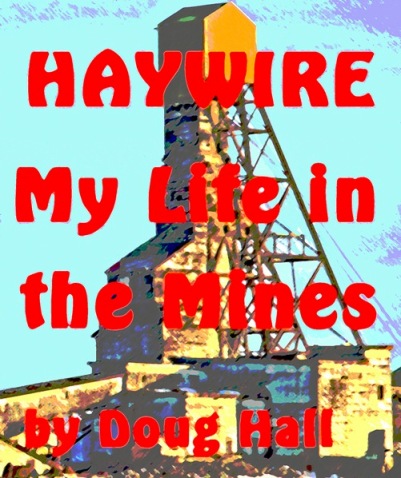The Globe and Mail is Canada’s national newspaper with the second largest broadsheet circulation in the country. It has enormous influence on Canada’s political and business elite.
Toronto-based HudBay Minerals Inc. is a rare breed these days. In an industry reluctant to spend on anything beyond operating costs, the base metals miner is plowing ahead with a copper project in Peru called Constancia that will cost it nearly as much to build as the company’s entire market capitalization.
Even as global miners report billion-dollar cost overruns and asset writedowns and the industry is buffeted by demand headwinds in commodity markets – HudBay is spending $75-million a month on Constancia, where thousands of workers are already on site.
“It’s a relatively small company with a big project in development in Constancia and that’s got the market a little bit concerned,” said John Hughes, an analyst with Desjardins Securities in Toronto, who nevertheless has a “buy” on the stock and a target price that is 30 per cent higher than where it’s currently trading.
Others share not only his concerns, but also his enthusiasm about potential growth at the company, and 80 per cent of analysts polled by Bloomberg News have a “buy” rating on HudBay, which closed at $10.12 a share on Thursday.
“They’re basically betting their market cap on one mine,” said George Topping, an analyst with Stifel Nicolaus in Toronto, who also has a “buy” on the stock, with a target price of $13.75 a share.

























